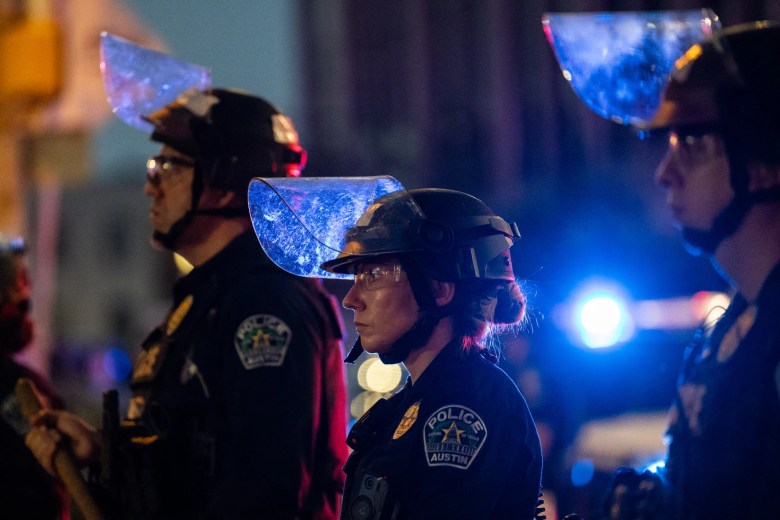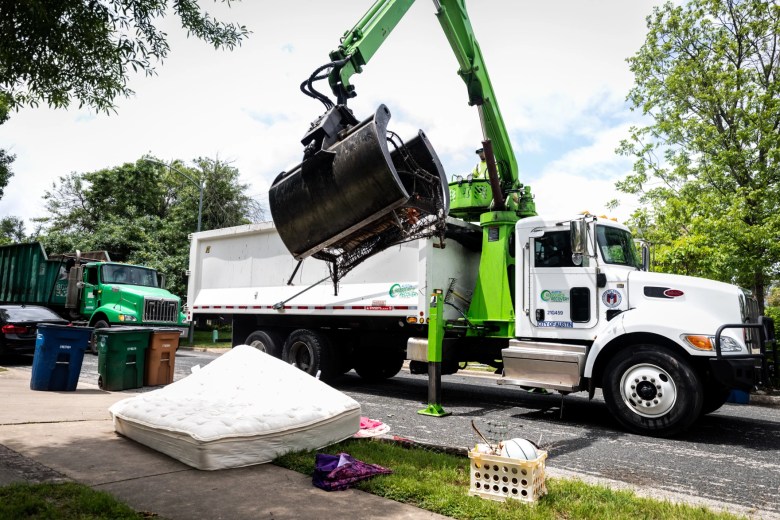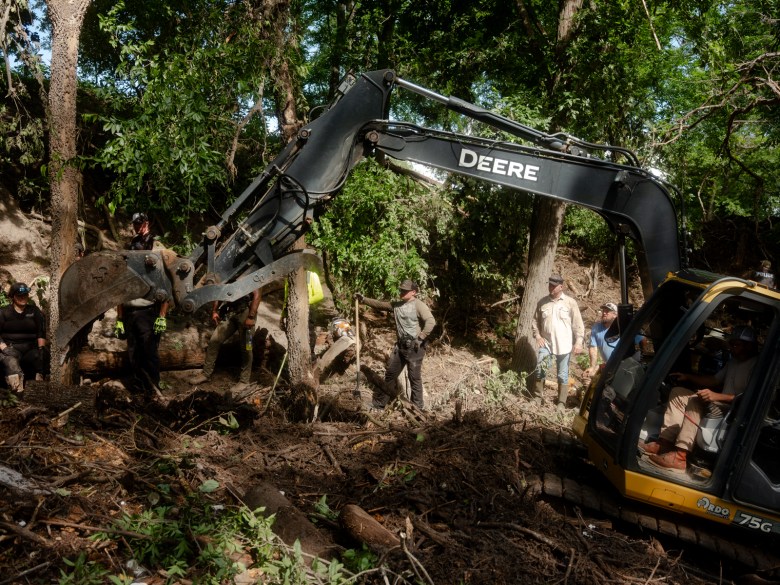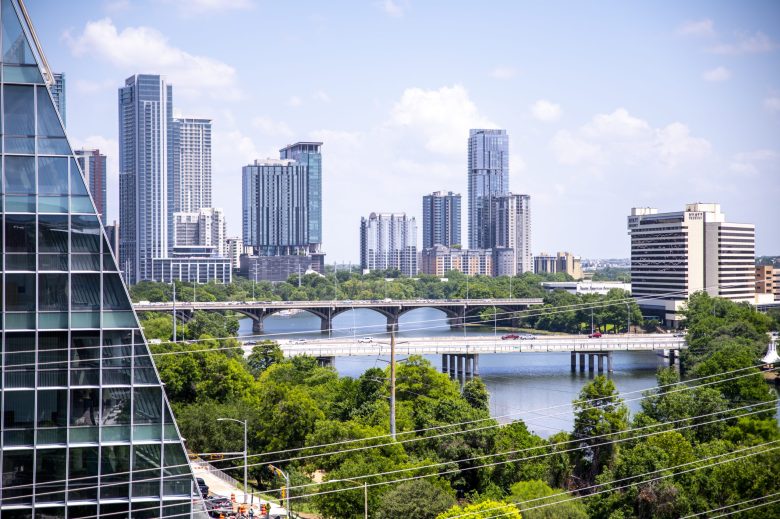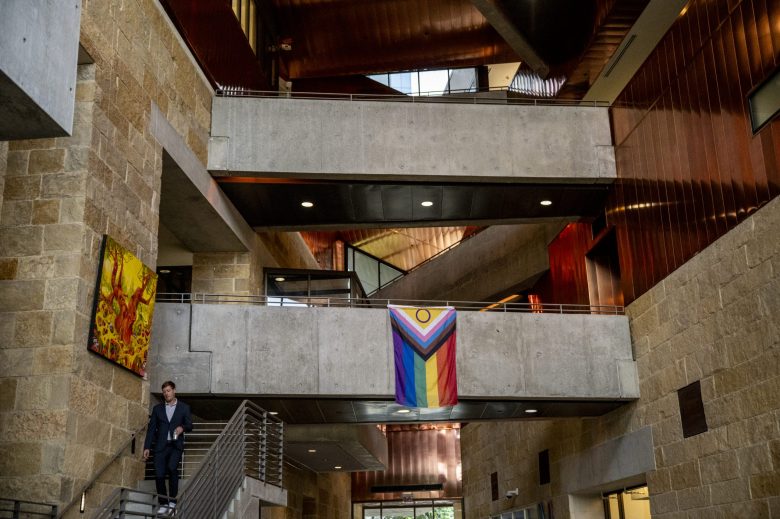Austin police officers took on average just over 45 minutes to respond to 911 calls last year, a new study found.
The analysis
from national crime data expert Jeff Asher found the department’s average response times consistently increased over five years, going from 29 minutes in 2019 to nearly 47 minutes last year.
Austin’s worsening response times isn’t out of the norm from a national perspective though, Asher said. Departments across the country saw increases in that same timeframe.
The biggest obstacle? Staffing, Asher said.
“It’s … definitely a challenge,” he said. “It’s not a unique challenge to Austin, but it’s certainly one that I think is quite a hurdle to be overcome.”
For years, APD has
consistently missed
its goal of having an average response time of 10 minutes and 44 seconds for high-priority calls.
Part of that is due to the department’s staffing shortage. APD is currently 230 officers short of a full patrol staff, and that gap dogged the department during the five-year timeframe in Asher’s analysis.
There’s also the issue of staffing the department’s 911 call center over that five-year window, though the department has made strides in recent months. In 2023, 40% of call-taker positions were vacant at APD, but as of June, the department had just 10 vacancies in those positions.
In a statement, a spokesperson said the department had made progress on its high-priority calls, noting that the officers responded to those calls in 12 minutes and 45 seconds on average in 2024.
“Several factors have contributed to longer response times at all priority levels, including ongoing staffing shortages and a rise in call volume,” the statement read.
While APD is edging closer to that goal for high-priority calls, the overall average gets bogged down by slower responses to those non-emergency, lower-priority calls, like a car burglary. Longer response times can lead to residents not even bothering to call 911, because they don’t expect anything to get done.
“It demolishes community trust,” Asher said. “It leads to offenses that are occurring not getting counted.”
But it’s not all bad news. Asher’s survey found things have, so far, looked up in 2025 for the majority of the major police departments with available data. He expects Austin could follow that trend, as soon as the data’s available.
The analysis comes as the
department revamps
its patrol structure. Austin Police Chief Lisa Davis is reassigning more officers to patrol, with a goal of cutting down on overtime expenses and targeting violent crime.
“We are actively engaged in shifting our patrol resources and improving recruitment efforts to address these issues,” the department said.
This story was produced as part of the Austin Monitor’s reporting partnership with KUT.
The
Austin Monitor
’s work is made possible by donations from the community. Though our reporting covers donors from time to time, we are careful to keep business and editorial efforts separate while maintaining transparency. A complete list of donors is available
here
, and our code of ethics is explained
here
.
You’re a community leader
And we’re honored you look to us for serious, in-depth news. You know a strong community needs local and dedicated watchdog reporting. We’re here for you and that won’t change. Now will you take the powerful next step and support our nonprofit news organization?
